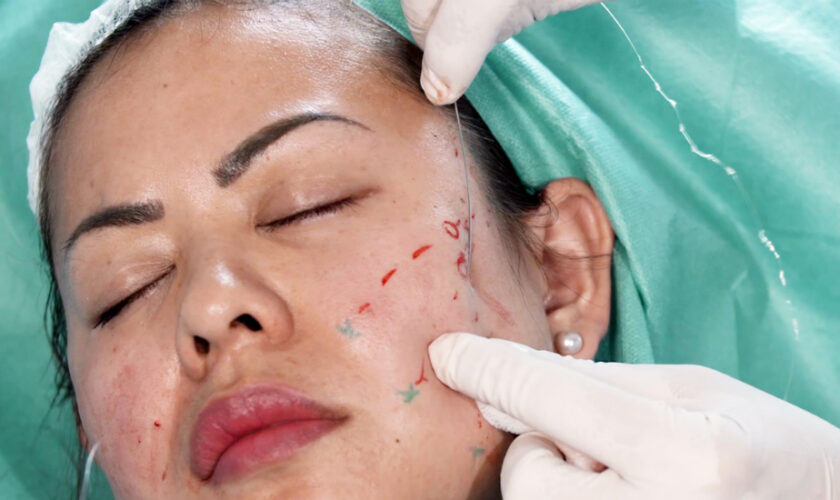Winter is just around the corner, and that weird dryness might be creeping back up your scalp. It’s a common problem that almost everyone across the world faces, unless you know the correct dry scalp remedies. And for that you need to understand the dry scalp reasons.
What causes dry scalp?
Dry scalp happens when there is a disruption in your natural protective biome, made up of oil or sebum. Underproduction or a quick loss of sebum allows moisture to leave your head. This can be due to various reasons, but there are some which usually stand out:
- Washing too much – Overwashing is one of the most common dry scalp reasons, which can strip away the natural oils on your scalp.
- Allergic reactions – Contact dermatitis or a reaction to any product can cause breakouts and a disrupted oil production.
- Weather changes – Extreme fluctuations in the weather, going from cold to hot, can dry out your scalp.
- Hair colour – These contain chemicals that can cause a reaction and excessively dehydrate your scalp, along with the hair.
- Heat styling tools – Using extremely hot blow dryers, straighteners and curlers can lead to a sudden spike in temperature and dryness.
- Hormonal changes – This is often caused by excessive stress or ageing, leading to a change in oil production.
What are the different dry scalp treatments?
Dry scalp is not a problem that you need to worry about. It is often seasonal or temporary, and can disappear on its own. Try out the following dry scalp remedies, but always visit a dermatologist if it persists.
- Oils – These are your best friends and can bring back hydration to your scalp. It can lock in the moisture and restore the natural biome. Use oils like tea tree oil, coconut, argan, almond, or even jojoba.
- Hair care routine – Overwashing is bad, but underwashing isn’t any better. Use a shampoo and conditioner based on your hair type, so as to maintain a healthy hygiene level. You can also use products like the Head and Shoulders 2 in 1 Smooth and Silky, which packages the benefits of a shampoo and conditioner in one.
- Aloe Vera – One of the most effective dry scalp dandruff home remedies, aloe vera can instantly soothe your dry scalp. It has strong moisturising properties and is effective in infusing moisture back into the scalp.
- Heat Styling – Drop the curler and the straightener, allowing your hair to be natural for a change. Reducing heat-based equipment can be a successful dry scalp solution.
- Type of products – Be careful with the type of products that you use. Alcohol-based products can break the sebum layer and lead to excessive moisture loss. Other products might cause a reaction as well. Reducing the use of these products can be an effective dry scalp treatment.
- Hair masks – People have been managing dry scalp for centuries through homemade hair masks. Using ingredients found in your pantry, you can create an effective dry flaky scalp treatment. Avocados, bananas, yoghurt, eggs, honey, aloe vera, or apple cider vinegar can be used to create your own hair mask.
- Cover your head – A simple yet effective dry scalp treatment, covering your head when you’re in the sun can protect it from harmful sunlight. These are known to increase the temperature on your skin and cause excessive moisture loss.
Beyond this, eating healthy and reducing your stress levels can also help in treating flaky scalp. If you manage your hair care correctly, it shouldn’t be a cause for worry and you might even get to enjoy those winter months.










